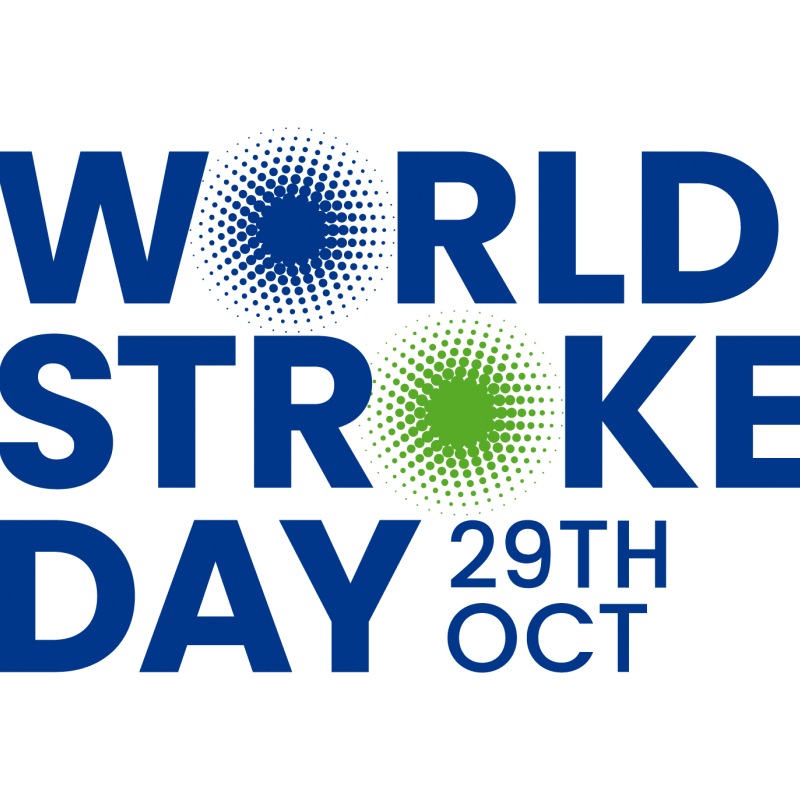I laughed out loud when someone in the Help! HQ office mentioned putting butter on a bump on the head. It brought back memories of being a child in County Durham, or Darlington, or anywhere in the North East, I imagine, in the 1970’s. We played out in the street as much as was humanly possible and, if anyone did run into a wall (I remember this happening a lot, playing chasey), or fall over, or fall off their bike and bump their head, someone's parent would say, ‘we’ll put some butter on it, it’ll be alright’. Good times!
It also made me think, was there any benefit in the butter or was it the equivalent of being given a wet paper towel as a 1970’s first aid treatment at school? And how do you treat a bump on the head today?
The Help! First Aid Training instructors offered me this theory; Before fridge-freezers and low-fat spreads came into our lives, most households kept butter in the pantry, traditionally the coldest room in the house. So, the butter on the bump wasn’t just to keep us quiet and send us on our way, but an attempt to reduce or minimise any swelling. The adults did care after all!
What is the best treatment for a minor head injury today?
In 2025, first aid techniques and legislation are a world away from the 1970’s and butter is most definitely better kept for toast and crumpets, rather than bumped heads.
If your head-bump casualty is alert, responsive to your conversation and responsive to touch, then the head injury is most likely a minor one, however, if you have any doubts at all, you should seek urgent medical attention for your casualty immediately.
Here's the Help! First Aid Training guide to treating a minor head injury;
- Sit the casualty down
- Apply a cold compress to the injury to help reduce any swelling. This could be an ice pack, some frozen vegetables wrapped in a towel, or a damp towel on its own.
- Keep the compress in place for no longer than 20 minutes.
- Assess your casualty and if you notice any of the following, seek emergency assistance;
- Loss of responsiveness
- Dizziness, or feeling sick, or nauseous
- Loss of memory
- Headache
- Confusion
- If there is an open wound, apply a dressing, after compression.
The casualty should be monitored for 24 hours as the absolute minimum. Symptoms can develop up to 3 weeks later (NHS England). Urgent medical attention should be sought immediately if there are any changes or deterioration in the days following the injury.
If the injury is sport related, the casualty should be checked by a health professional before returning to the sport.
Similarly, if any of the conditions below apply to the casualty, medical assistance should be sought immediately. If your casualty...
- Was knocked out and is now conscious
- Is over 65
- Has previously undergone brain surgery
- Is taking ant-clotting medication or has a blood clotting disorder
- Is under the influence of drink or drugs
- Is going to be alone, with no-one to monitor them
We’re here to Help! For more information on our First Aid at Work, Re-qualification First Aid at Work and Emergency First Aid at Work courses please visit www.helpfirstaidtraining.co.uk or contact info@helpfirstaidtraining.co.uk.
Related News
First Aid for Diabetes: How to treat Hypoglycaemia and Hyperglycaemia
In this guide, Help First Aid Training explains the main types of diabetes, how to spot symptoms of low blood sugar and high blood sugar, and what steps to take...
How Do I Treat a Burn?
It's Bonfire Night, a time for wrapping up, drinking hot chocolate and heading out to see the skies light up.
How Do I Recognise the Signs of a Stroke?
Statistics tell us that one in four of us will suffer a stroke. This World Stroke Day, we're supporting the initiative to #act FAST and finding out how we can...



